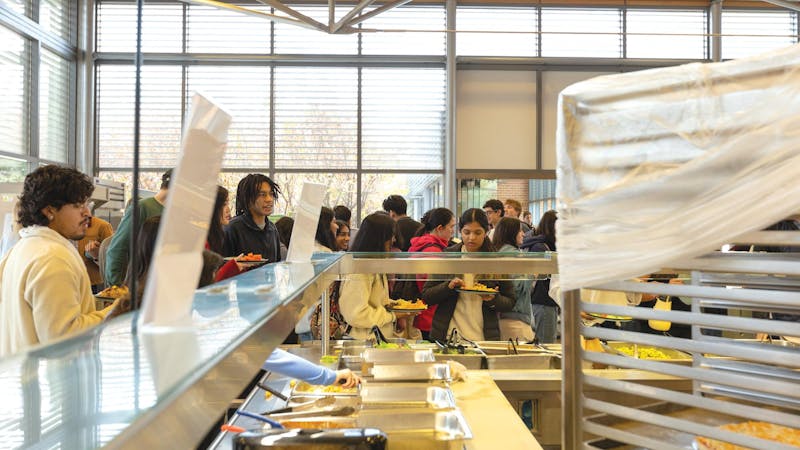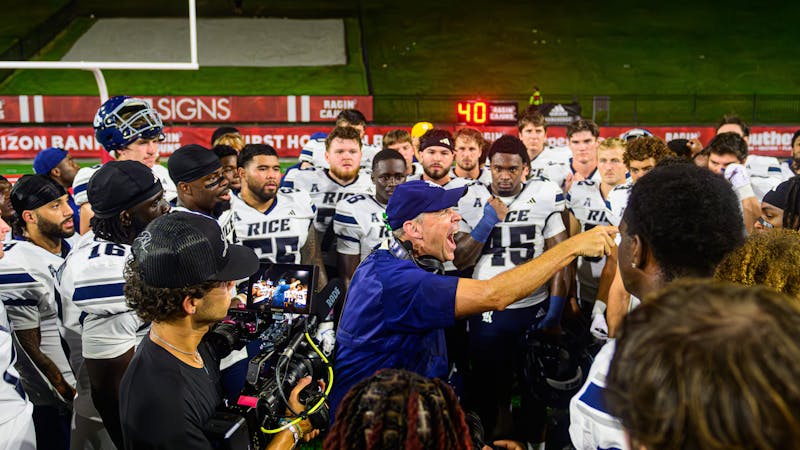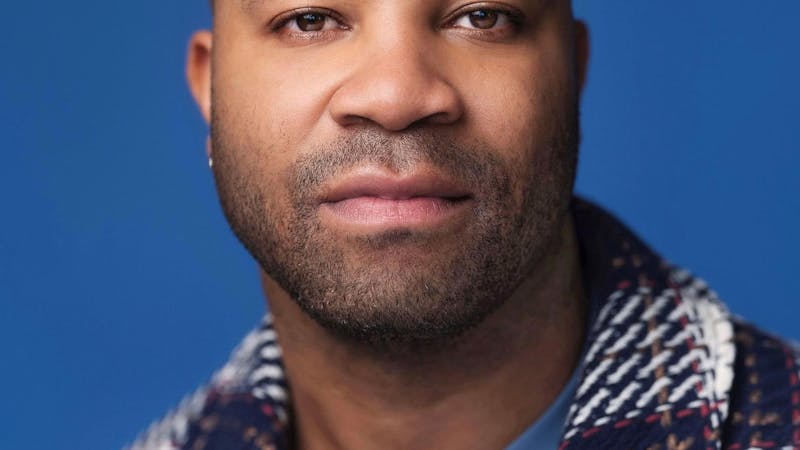America's educational system requires a hero's rescue
As we see in the new movie Waiting for Superman, there's no question that too many schools in the U.S. are failing or under-performing and that in many places, the "system" is broken. What really ails public education in America is the fact that the distribution of these schools is not simply uneven, but rather easy to predict. With a map and some census data, it's not difficult to locate where the best and worst schools are most likely to be.Like many problems in the world, one of the fundamental problems with the education system in the U.S. is inequality - of both opportunity and outcomes. It's not that all of our schools are failing or that all of our children are not meeting academic standards, but the fact that failure and low performance are concentrated - in our urban school systems and in our schools that serve underprivileged, low-income and minority students.
Segregation in our schools - along race, ethnicity and class - is on the rise. African-American and Latino students are more racially segregated in American schools today than they have been since the Civil Rights Act was passed in 1965. In addition, they are more concentrated in high-poverty schools today than they were in the past. Data from 2008 indicate that roughly 40 percent of Latino and African-American students attend high-poverty schools. Other data show that, on average, more classmates of minority students qualify for free/reduced lunch today (59 percent) than they did in the previous decade (43 percent).
In other words, Latino and African-American students are now more likely to attend segregated schools, and these schools have higher concentrations of low-income students. In light of the persistent achievement gap across minority and non-minority students, this trend is extremely worrisome.
Within education circles, the achievement gap between minority and non-minority students is increasingly referred to as the biggest civil rights issue of this generation. But this time, there's no Martin Luther King Jr., no rallies and very little fanfare. Instead, it's individual parents and communities and schools working hard every day to make a difference, to help their children, under incredibly difficult conditions, and in some cases with little hope. These children, parents, schools and communities are indeed waiting for Superman.
In the film Waiting for Superman, director Davis Guggenheim shares his perspective that the solutions to our educational problems lie in employing better teachers. That hinges on reducing the power of teachers' unions and allowing teachers' pay and job security to be tied to performance and creating more quality choices like the exemplary charter schools - Knowledge is Power Prep (KIPP) and Harlem Children Zone (HCZ) - that are featured in the film. Clearly more schools like these are needed. But would they attenuate the overwhelming sense of injustice that the current lottery system for seats in these schools creates? Or would they just increase demand?
Parents and students have more educational choices today than at any point in history. The number of charter schools in the U.S. has tripled in the last decade. Charter schools now enroll about 3 percent of all U.S. public school students and represent about 5 percent of all public schools.
But as anyone who studies the data on charter schools knows, this is an extremely heterogeneous set of schools with considerable variance in mission and performance. And as the recent New York Times article ("In Harlem Children's Zone Schools Have Their Own Problems," Oct. 13) pointed out, even Geoffrey Canada's HCZ schools have their problems: Not all have achieved exemplary status. The same is true for the beloved KIPP schools. In fact, in Houston, home to the first KIPP academy, only four of the 16 KIPP schools were rated exemplary in the 2010 Texas Education Agency accountability system (six were rated recognized and six academically acceptable). Lack of options may therefore not be the real problem in our educational system today - but lack of good options certainly is.
I am sympathetic to arguments in favor of choice and the underlying premise that parents will instinctively do what they think is best for their children. But creating good schools is more of an art than a science and, in the decentralized system of schooling in America, many charter schools haven't gotten it right. Is it fair to kids to experiment with their education in this way? And is it fair to make parents work so hard to figure out what the options are and which ones are viable? The array of choices is dizzying and even those of us who study schools have trouble navigating the terrain.
At the end of the day, the problems confronting our schools and our educational system extend beyond the schools or the people and institutions that govern them. The problems are deeper and more structural in nature. Thus, while enhancing teacher quality and creating thousands of KIPP academies will certainly help, real solutions lie in changes outside the schools themselves. And for these changes to occur, it really will take a man of steel - or an entire army ?of them.
Melissa Marschall is an associate professor of political science.
More from The Rice Thresher

Over 1,000 students petition against new meal plan
When Konstantin Savvon opened the Housing and Dining email announcing the new unlimited meal plan, he was instantly concerned about the impact on off-campus students like himself.

Rice football wins season opener under new coach
For the first time since 2018, Rice football opened its season with a victory. Scott Abell was soaked with yellow Powerade following a 14-12 win on the road Saturday against the University of Louisiana at Lafayette, which won 10 games and made it to the Sun Belt Conference championship last season.

Acting like an athlete: Rice basketball alum takes on Broadway
Underneath Chadd Alexander’s Broadway costume, there’s ankle tape and wrist braces — same protective gear he wore as a walk-on basketball player at Rice, though now he’s performing eight shows a week in the ensemble of “Harry Potter and the Cursed Child” instead of running conditioning drills in Tudor Fieldhouse.

Please note All comments are eligible for publication by The Rice Thresher.